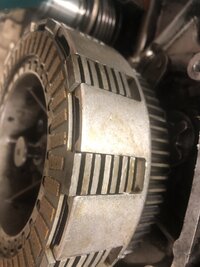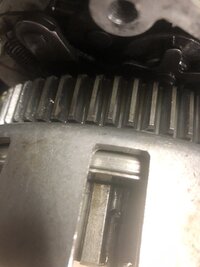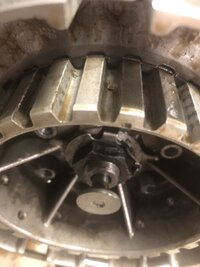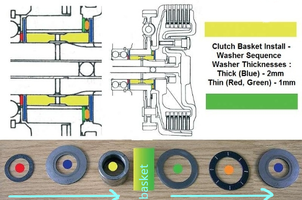xanxs79
XS650 Member
I have a 79 xs650 project bike that has been sitting for the last couple decades. The clutches were stuck together I tore it apart and replaced the clutches it only had 6 plates in it and failed to work like it should. I noticed that there was about a 1/4 of an inch gap in between the last friction plate and pressure plate. I bought another plate and metal plate and added them it work like it should but when I put the side cover on the clutch it was impossible to pull in due to it hitting the side cover.
I am drawing a blank any idea why it is doing this? Do I have the wrong kind of clutch plates in it or is something not setting right?
I am drawing a blank any idea why it is doing this? Do I have the wrong kind of clutch plates in it or is something not setting right?




